Not just Maui: Snapshots of global climate disasters that followed a record-hot July
From Canada to China, deadly wildfires and flooding are affecting thousands of people across the world
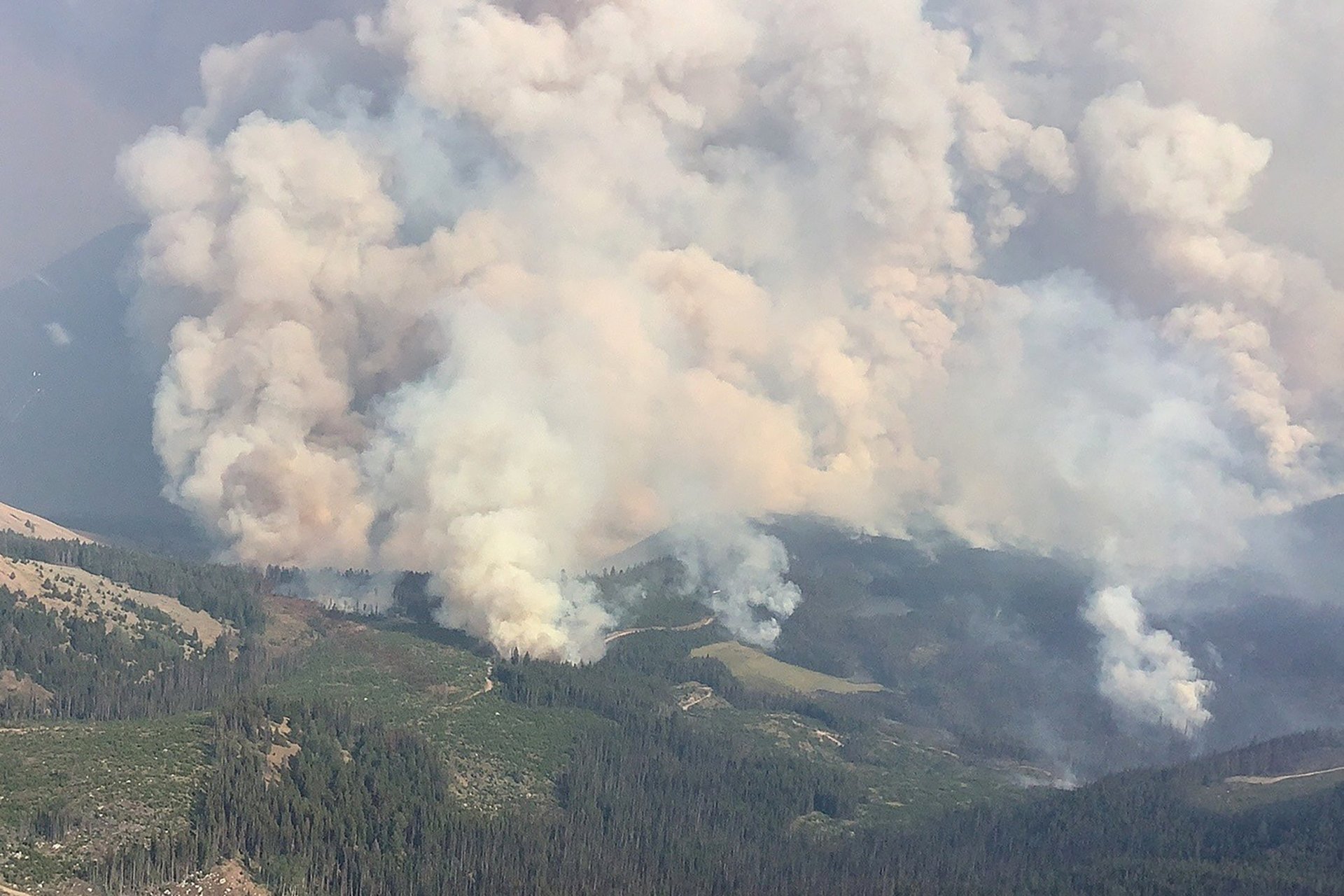
Temperatures recorded across the world over the past few months have made 2023 a year of record for global warming, with 21 of the 30 hottest days ever recorded on Earth having occurred in July—on one of these days, July 16, a city in Iran had the misfortune of experiencing wet bulb temperatures of 33.7°C (92.7°F). While overall temperatures in August have not been as extreme, dry conditions contributed to the spread of wildfires in Greece, the US, Canada, and the Canary Islands. On the other side of the extreme weather coin, storms whose destructive power is boosted by warmer temperatures have affected countries as far apart as Norway, India, Japan, and China.
Burning fossil fuel releases climate-warming greenhouse gasses into the atmosphere. The amount of global emissions from human activity is currently too high for the Earth to absorb, and each wildfire worsens that capacity by emitting carbon dioxide and destroying sources of carbon capture. Scientists see balancing emissions in line with the Earth’s absorption capacity, or reaching net zero, within the next three decades as essential to limit the worst consequences of climate change. Doing so will require a “complete transformation of the global energy system,” according to the International Energy Agency, including measures such as phasing out all unabated coal and oil plants by 2040 and banning sales of new gas-guzzling cars by 2035.
Here’s a snapshot of a world undergoing climate change.
2 / 8
Yellowknife, Canada
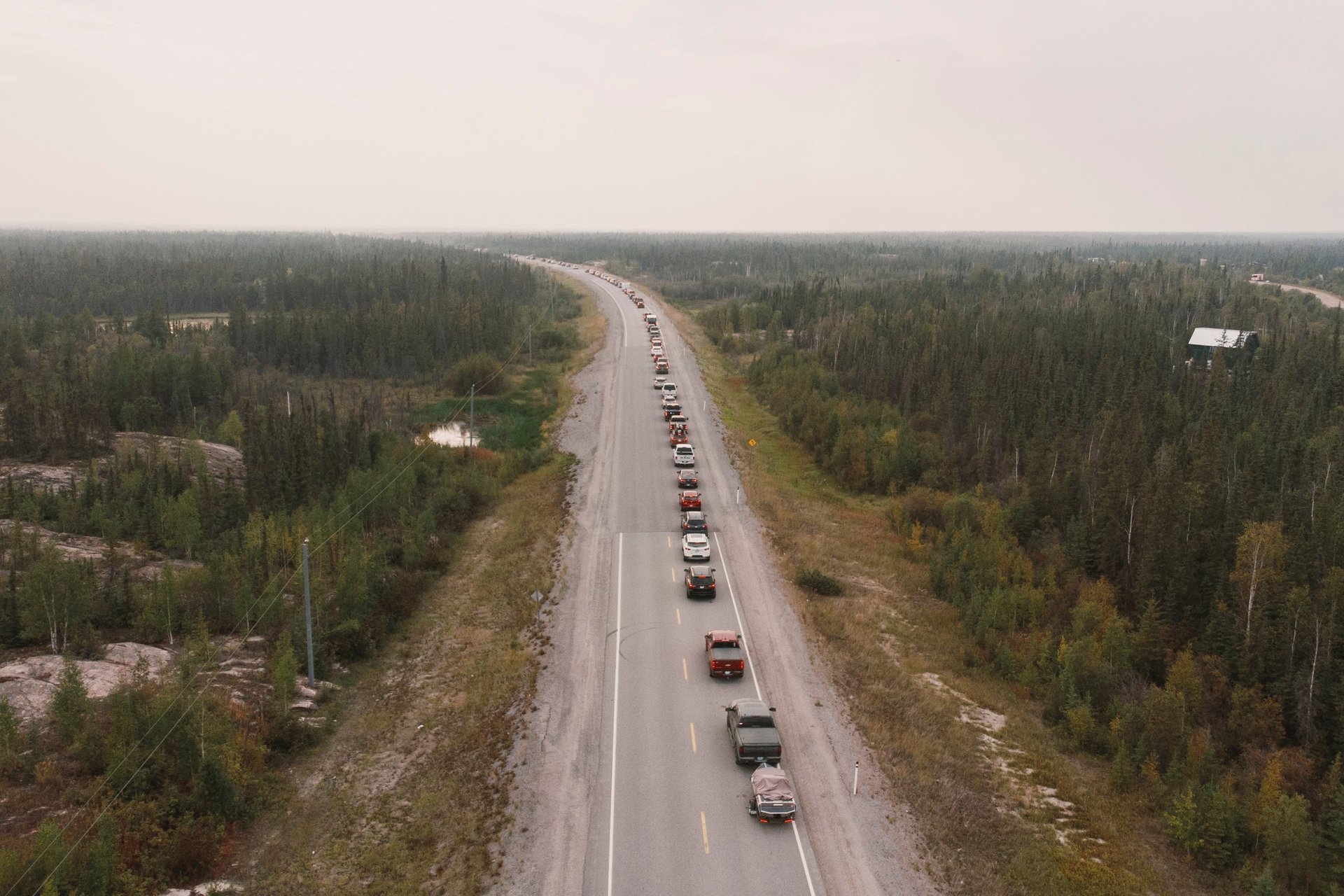
Canada’s northernmost city is under evacuation order to escape approaching wildfires. The 20,000 residents of the Northwestern Territories’ capital have until midday on Friday (Aug. 18) to leave. As of Wednesday night, the nearest wildfire was 11 miles (17 km) away from the city, CBC reported. The number of active wildfires in Canada has increased from 880 in July to 1053 today (Aug. 17).
3 / 8
Maui, US
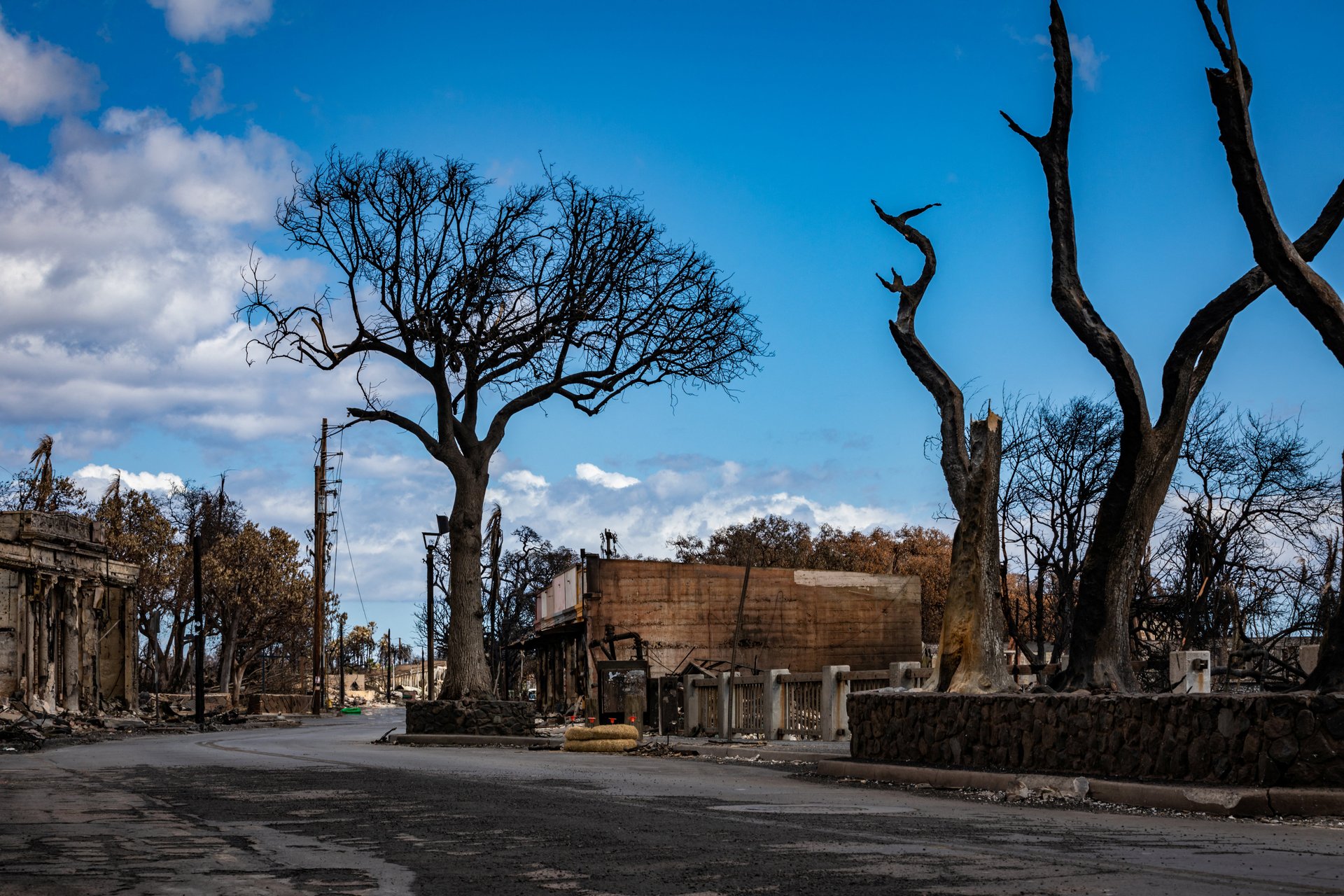
More than 100 people have now been declared dead after wildfires tore through the island last week, in some of the deadliest fires in US history that destroyed most of the town of Lahaina, once the capital of Hawaii. Multiple lawsuits accuse utility company Hawaiian Electric of having played a role in the sparking the wildfires by not cutting power to supply lines in the aftermath of Hurricane Dora.
4 / 8
Tenerife, Canary Islands (Spain)

Authorities are evacuating at least 3,800 people from the area near a mountainous national park near the Mount Teide volcano in Tenerife after a wildfire broke out on Wednesday (Aug. 16), Reuters reported. Efforts to contain the blaze were underway on Thursday (Aug. 17), but the fire has already burned through 2,600 hectares (6,425 acres), according to local emergency services (link in Spanish).
5 / 8
Hokksund, Norway
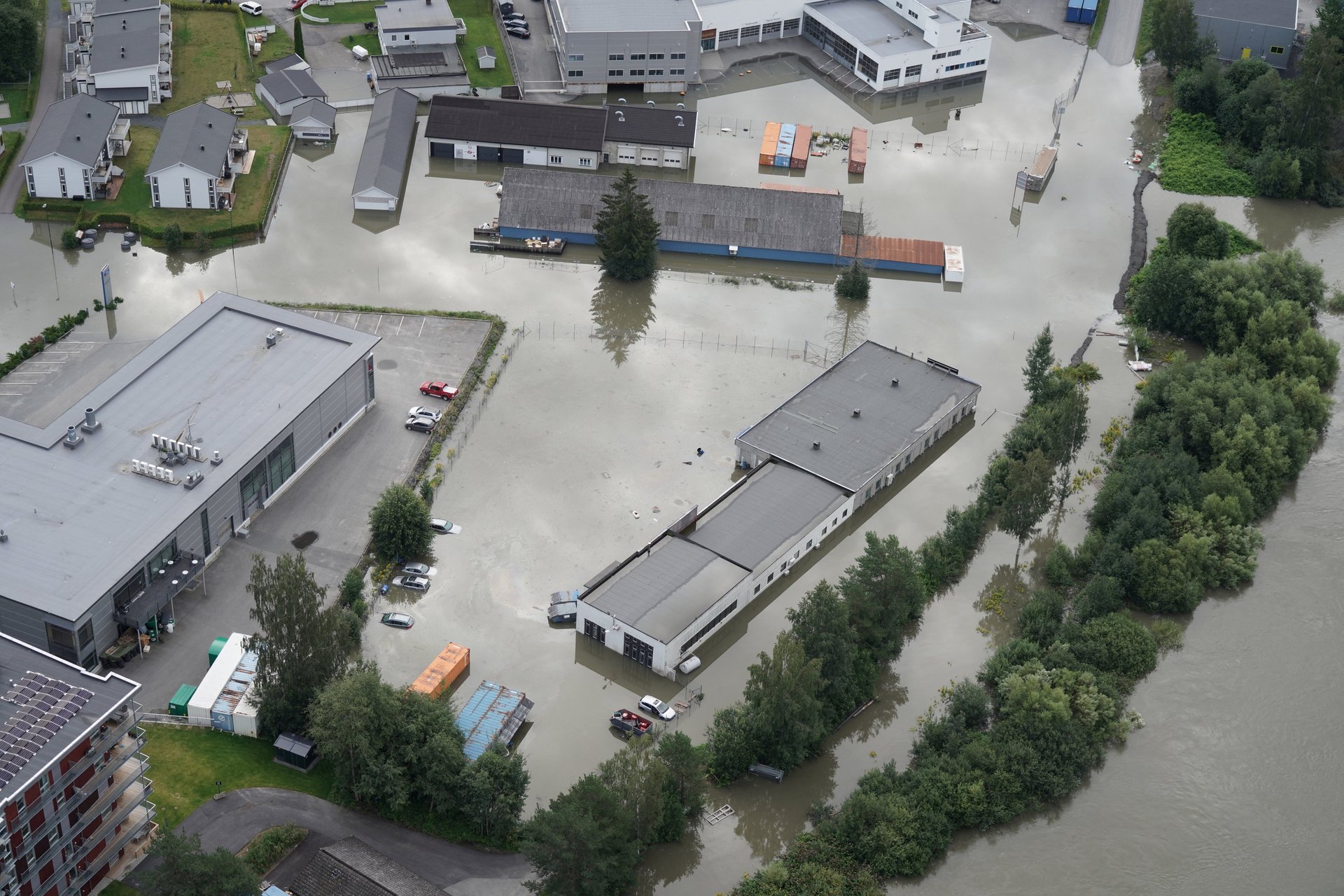
Storm Hans caused chaos across Northern Europe last week, but hit Norway particularly hard, causing flooding and landslides that isolated parts of the country. “It’s a big crisis for us. I’ve never seen anything like it,” Pål Erik Teigen, chief of staff at Innlandet police district, told The Guardian. Insurance claims from the storm topped 1.6 billion Norwegian krone ($151.5 million) for property alone earlier this week, with more claims for cars and other vehicles expected to come.
6 / 8
Shimla, India
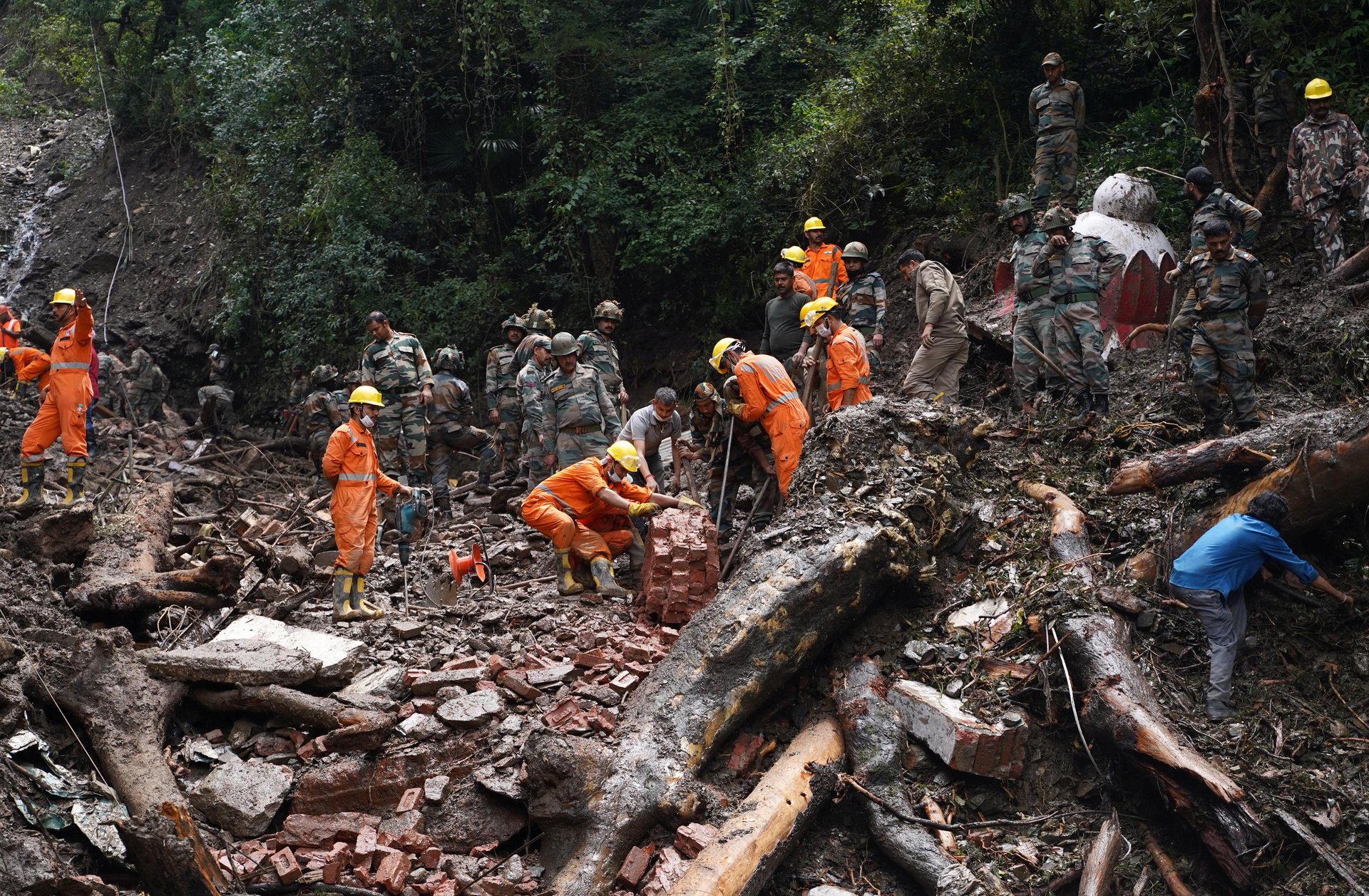
Search and rescue operations are underway in Shimla and its surrounding area in the northern Indian state of Himachal Pradesh after torrential rain earlier this week caused landslides and the death of more than 50 people. In one of the deadliest incidents, a temple collapsed in Shimla, killing at least nine people, according to the BBC.
7 / 8
Tottori, Japan
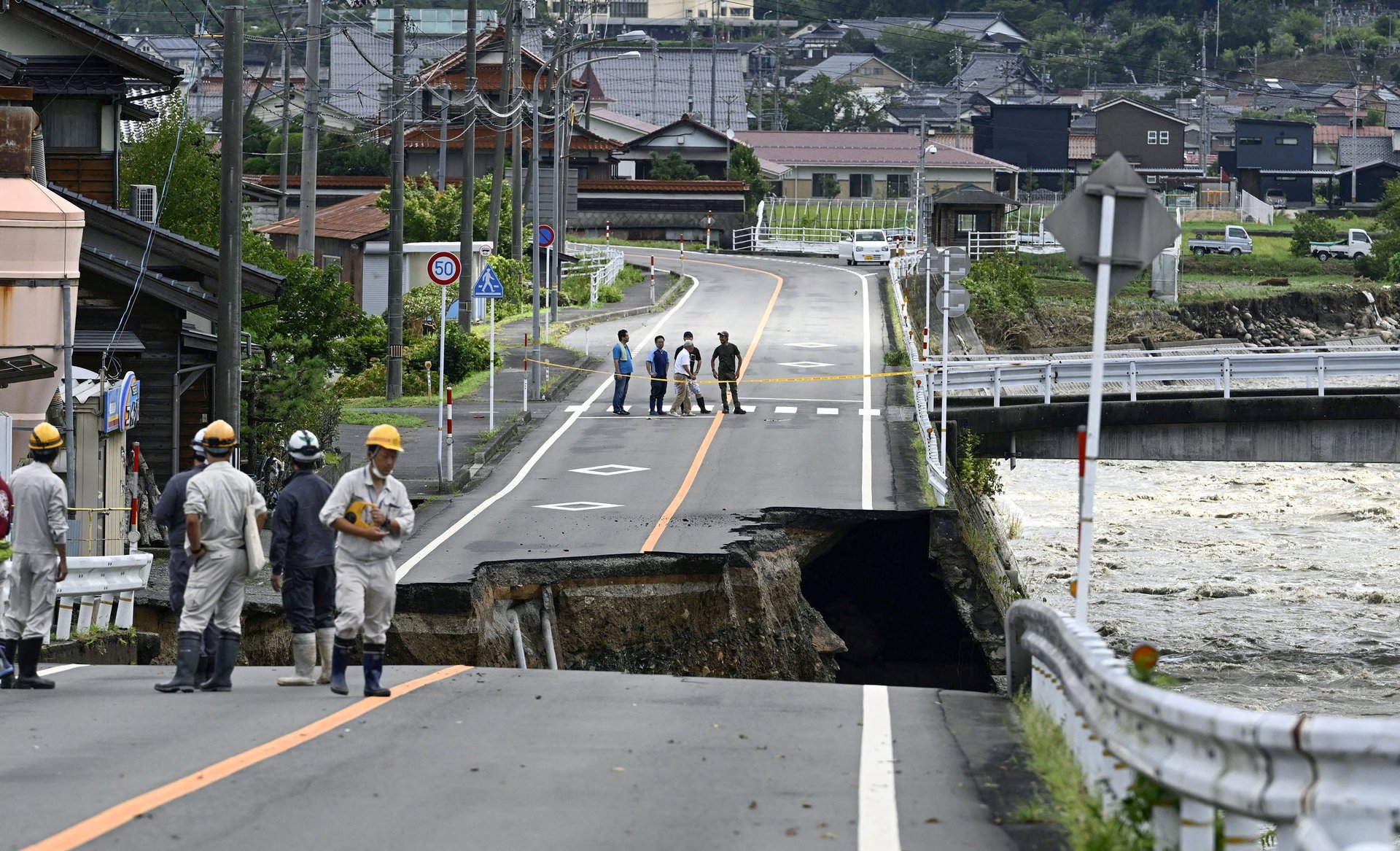
More than 800 flights were cancelled on Tuesday (Aug. 15) as Typhoon Lan headed for western and central Japan, where some areas witnessed 585 mm (23 inches) of rain in 24 hours, according to Reuters. A road in Tottori, which was one of the areas most affected by the storm, partially collapsed, isolating hundreds of residents, local media reported.
8 / 8
Hebei, China
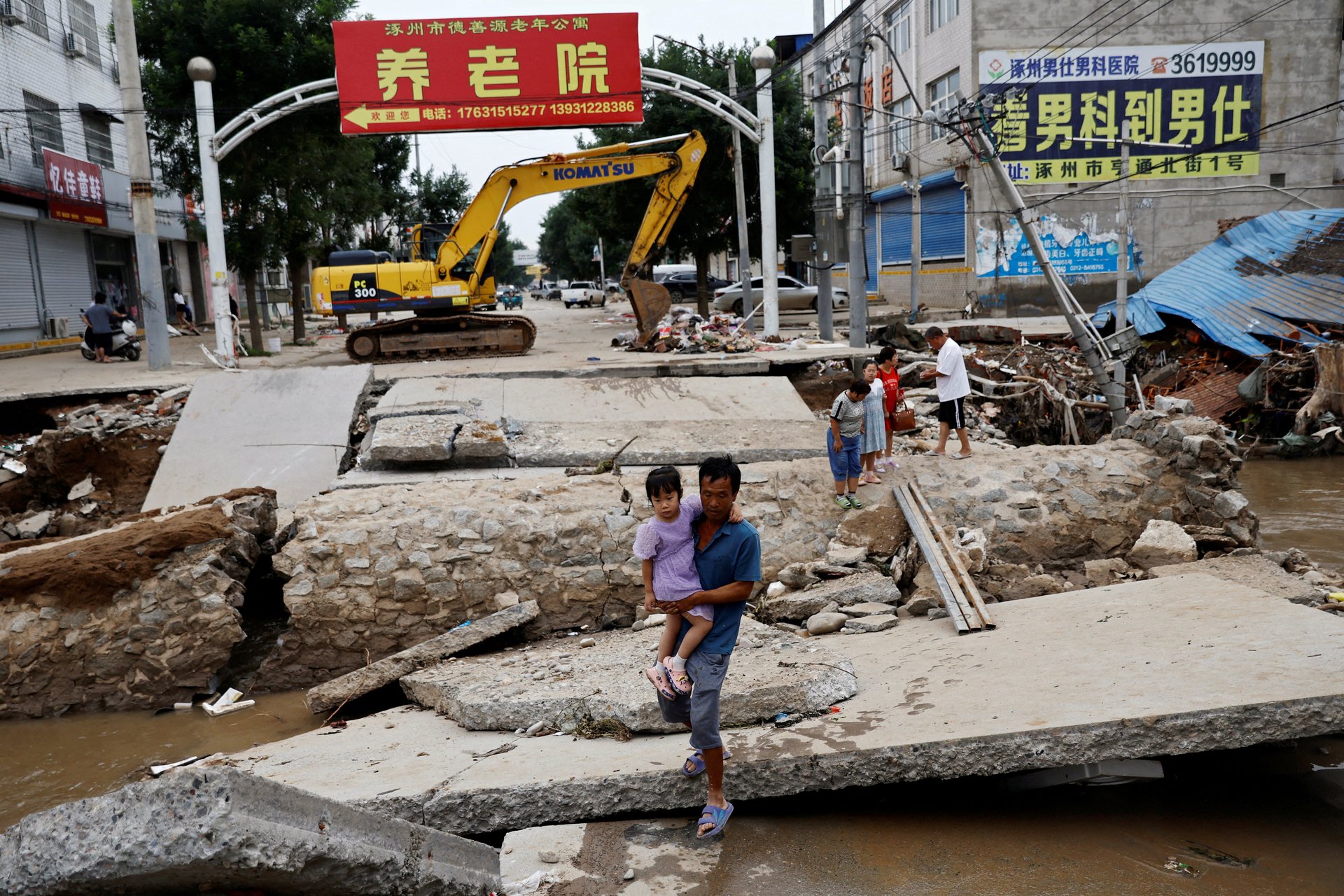
Typhoon Doksuri battered the northeastern Chinese province of Hebei and the area around the capital Beijing earlier this month. At least 33 people died in the Beijing area, where 59,000 homes collapsed. In Hebei, almost 30 people had been confirmed dead in the 10 days after the flooding. China is no stranger to torrential rains and yet another deadly storm hit parts of the country last weekend, causing flooding, landslides, and killing at least 21 people in the area around the northwestern city of Xi’an.
